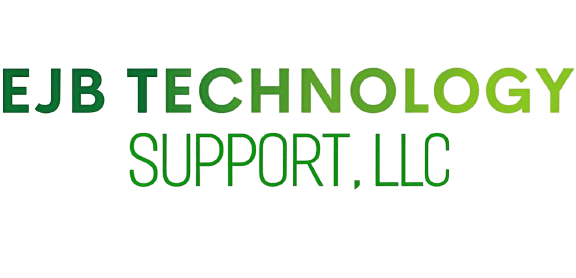Staying Ahead of the Curve: The Crucial Importance of Keeping Your OS, Applications, and Network Firmware Up to Date
Introduction:
In today’s fast-paced digital landscape, staying current with operating system (OS) updates, application updates, and network firmware upgrades is not just a matter of convenience; it’s a vital component of maintaining a secure and efficient technology environment. In this blog post, we’ll explore the compelling reasons why staying up to date with these updates is crucial for individuals and businesses alike.
- Security Reinforcement:
The most compelling reason to keep your OS, applications, and network firmware up to date is security. Developers constantly release updates to patch vulnerabilities and defend against emerging threats. Neglecting these updates can leave your systems exposed to potential cyberattacks and data breaches.
- Vulnerability Mitigation:
Cybercriminals are always searching for vulnerabilities to exploit. By promptly applying updates, you close potential entry points for attackers, reducing your organization’s vulnerability to security breaches.
- Performance Enhancement:
Updates often come with performance improvements, bug fixes, and optimized code. Your devices and applications can run smoother and faster after updating, resulting in enhanced productivity and user satisfaction.
- Compatibility Assurance:
As new technologies and software versions emerge, older versions become less compatible. Updating your systems ensures that you can seamlessly integrate with the latest applications and services, preventing compatibility issues down the road.
- Feature Enrichment:
Developers use updates to introduce new features, functionalities, and user experiences. Staying current allows you to take advantage of these innovations, helping you remain competitive in your industry.
- Regulatory Compliance:
Many industries have strict regulatory requirements regarding software and network security. Keeping your systems up to date is often a requirement for compliance, ensuring you avoid legal complications and potential fines.
- Firmware Updates for Network Equipment:
Don’t overlook the importance of updating network equipment firmware. Routers, firewalls, switches, and wireless access points are critical components of your network infrastructure. Firmware updates can address security vulnerabilities, improve performance, and add new features to your network.
- Automatic Updates:
Many OS and application providers offer automatic update settings, making it easier to stay current. Enabling these settings can streamline the update process, reducing the risk of human error.
- Scheduled Downtime:
Plan updates during scheduled downtime to minimize disruption. Avoiding updates during peak operational hours ensures that your business processes remain unaffected.
- Backup and Rollback Plans:
sql
Before applying updates, create backups and establish rollback plans in case any issues arise. This precautionary measure helps you recover quickly from unexpected problems during updates.
- Partner with IT Experts:
sql
For businesses, partnering with IT professionals or managed service providers can be a smart move. They can oversee your update strategy, ensuring that all systems, including network equipment, are up to date and secure.
Conclusion:
Keeping your operating systems, applications, and network equipment firmware up to date is a proactive measure that not only enhances security but also ensures the efficient operation of your technology environment. The digital landscape is dynamic, and staying current is crucial to staying ahead. By prioritizing updates, you can protect your systems, improve performance, and leverage the latest features and innovations, ultimately contributing to your organization’s success and longevity.
